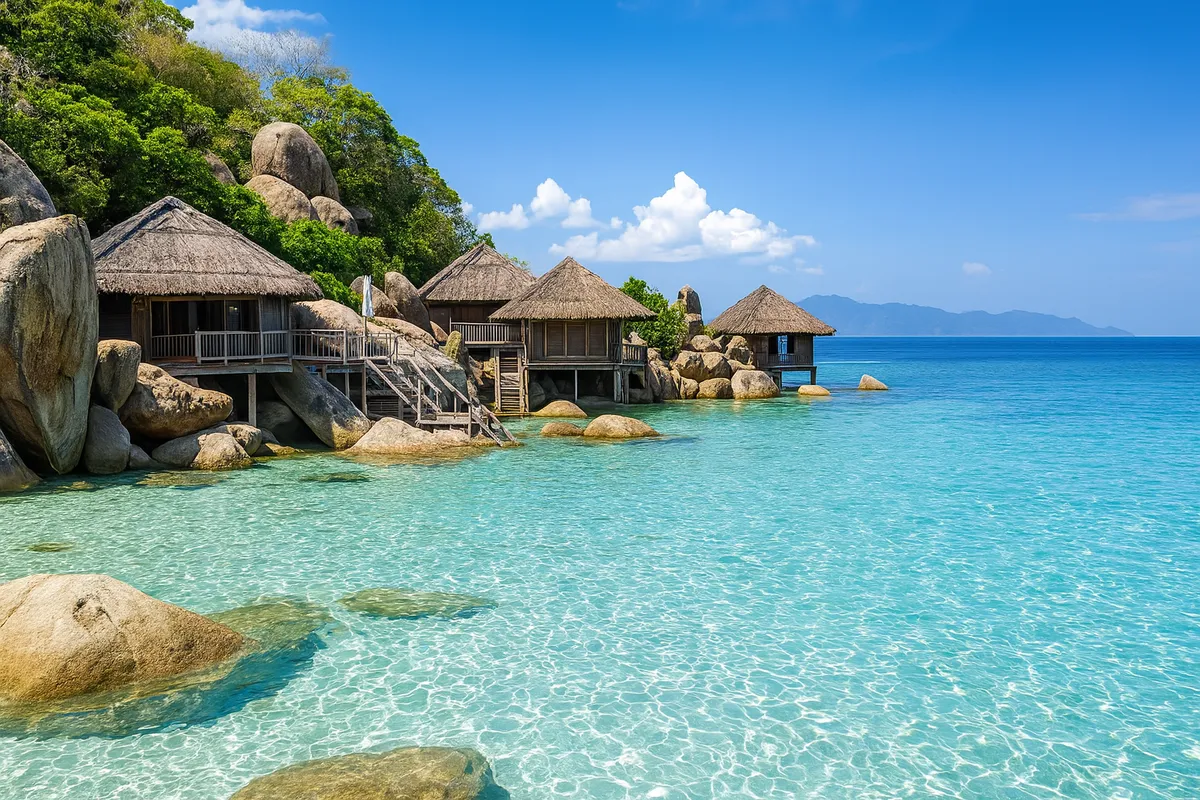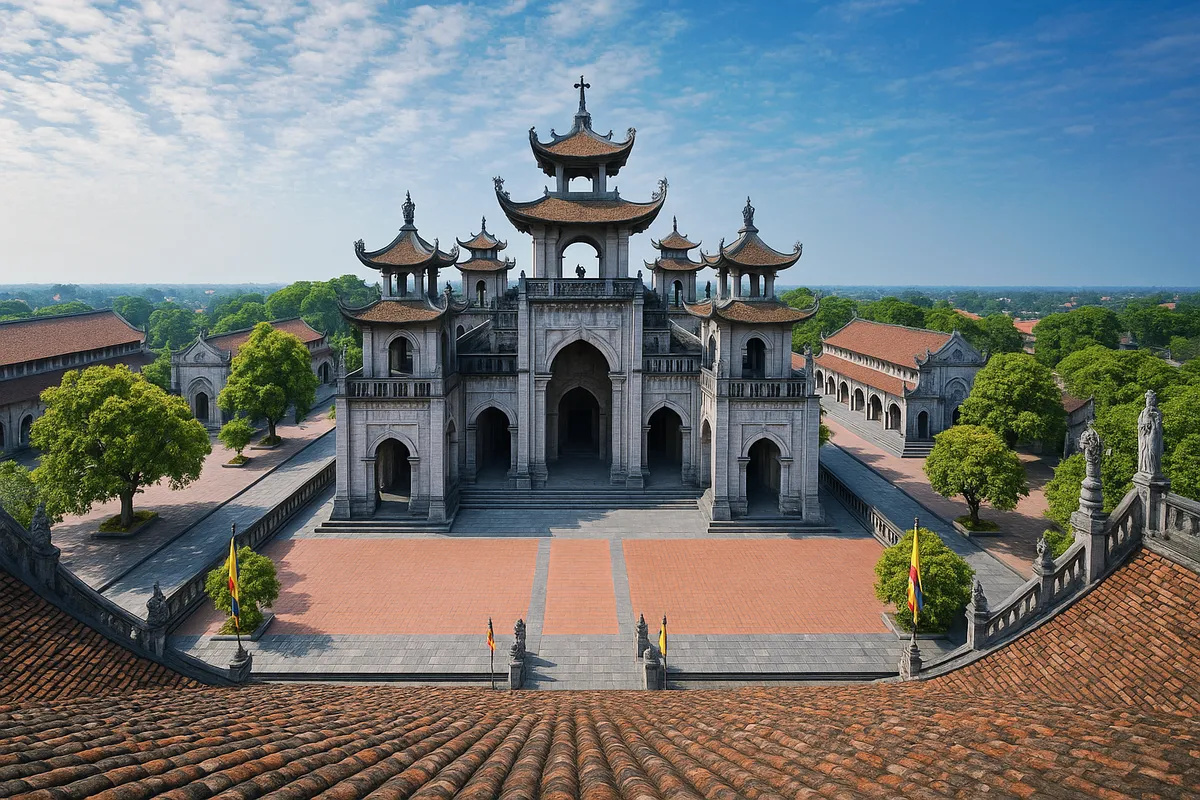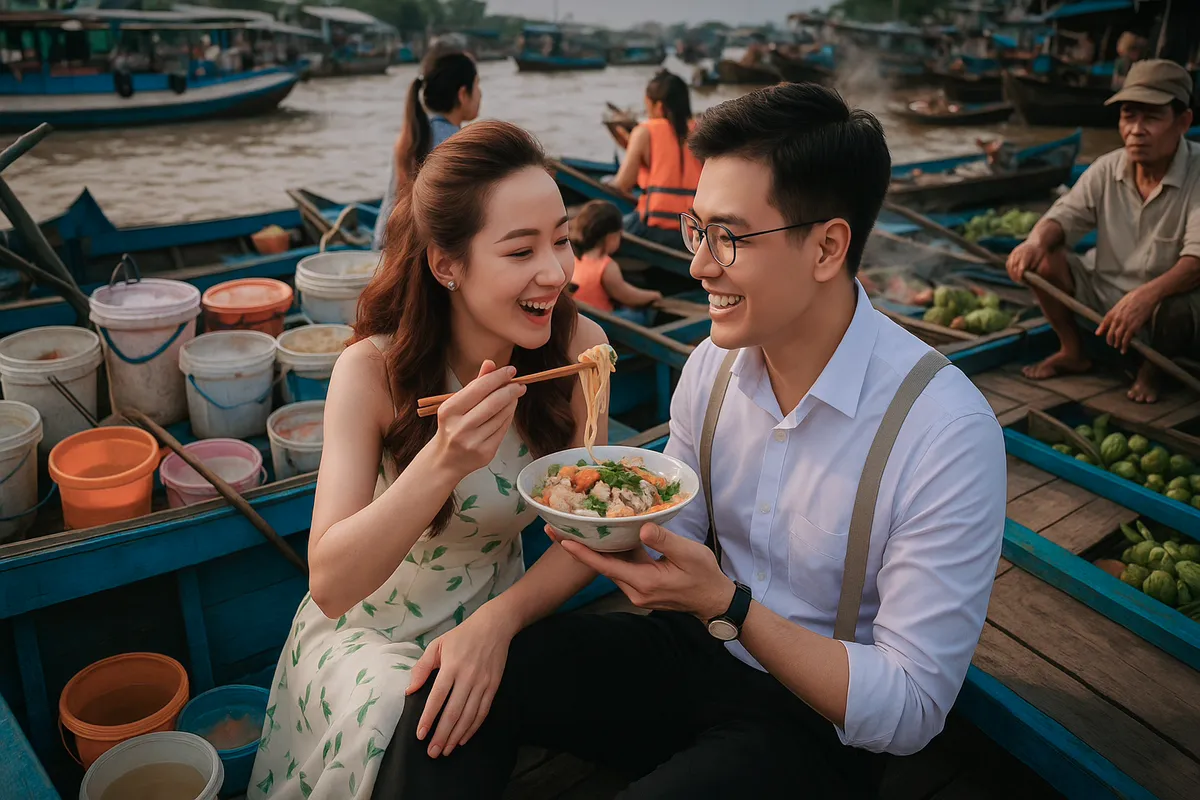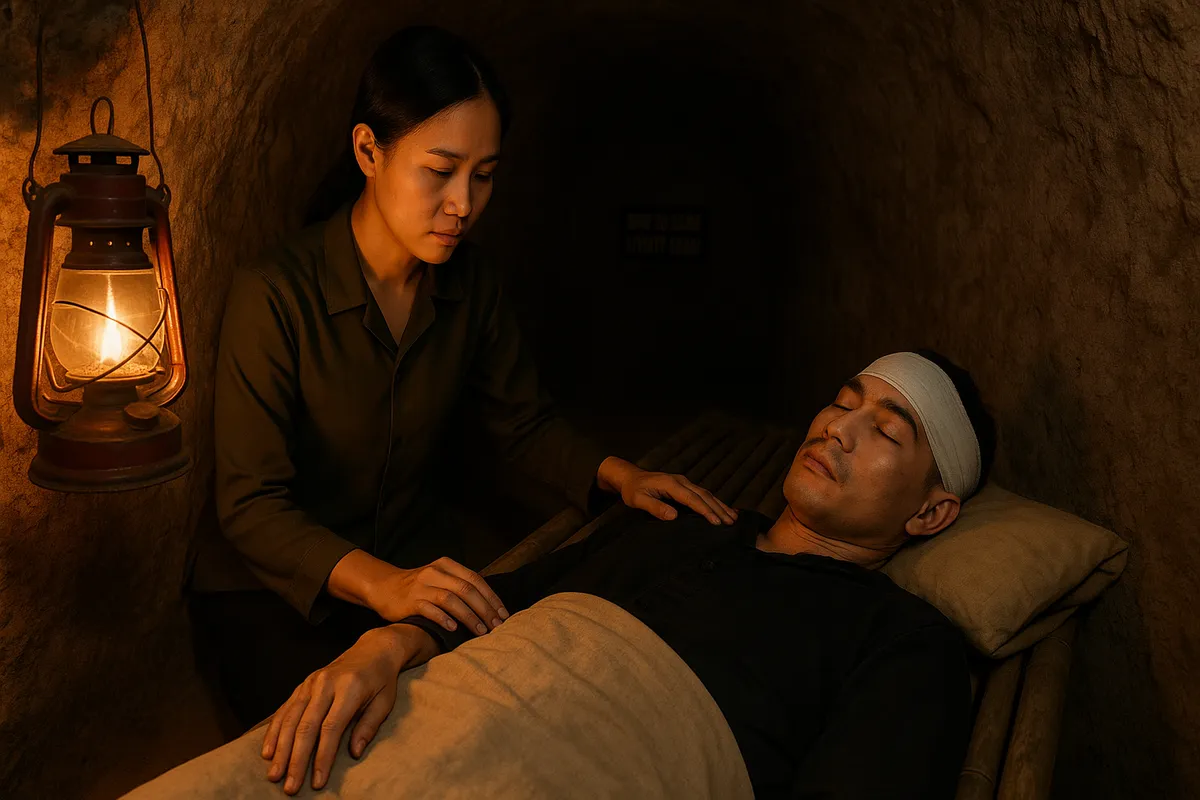Solo travel experience - Tips to control risks and enjoy
- Tuesday, May 20, 2025, 21:31 (GMT+7)
Solo travel experience - Tips to control risks and enjoy
Solo travel has become an increasingly popular choice among young people thanks to the freedom it offers, the ability to take full control of the journey, and the chance to discover oneself with every step taken. Behind the vibrant stories and stunning check in photos lies a thoughtful process of preparation and experience gathering to ensure the trip is not only safe but truly rewarding. From real accounts by seasoned travelers and insights from tourism behavior experts, to practical lessons drawn from countless solo journeys, this article gathers essential advice, unexpected scenarios, and lesser known tips to help turn a solo trip into one of the most unforgettable memories.
Preparation is where everything begins. Those who have spent years traveling with a backpack often agree that thorough planning is the key to any successful solo adventure. Unlike group travel, going alone means being fully responsible for every situation, from documents and health to money, backup schedules, and risk management. Carry both printed and digital copies of your identification and store them in separate places. Install two factor authentication for your devices in case of loss. Save emergency contact numbers, embassy details, and trusted local contacts. Security experts recommend using international cards that can be quickly locked and unlocked via mobile apps, and avoiding carrying large amounts of cash. For remote destinations, a multi network SIM card or a portable wifi device can be a lifesaver in urgent situations.
A solo itinerary should be flexible enough to adapt to changing conditions but also structured enough to include fixed timings for essential activities, especially when relying on public transport or scheduled services. Many young travelers prefer to keep plans open, changing routes spontaneously, but end up facing issues like full accommodations during peak seasons or missing the last bus of the day. A useful tip is to keep at least three alternative options for each stop on your phone including homestays, guesthouses, local taxi services, and bus stops to stay prepared when plans suddenly change. If visiting a place for the first time, spend the night before researching its layout, safety ratings, and real user reviews.
Personal safety is a top priority when traveling alone. Many incidents happen because travelers let their guard down in unfamiliar surroundings or misread friendly interactions. To protect yourself, avoid posting your live location on social media. Only share photos or updates after you have left the place. This small habit can prevent unwanted attention or tracking. When booking accommodation of any kind, check for hidden devices, examine window positions and escape routes, and do not hesitate to request a room change if anything feels unsafe. In reality, some travelers have discovered hidden cameras even in places that seemed secure. A useful trick is to use your phone camera in a dark room. Suspicious red lights from unfamiliar devices will stand out more clearly.
Choosing appropriate clothing is another way to stay safe and show respect for local customs. Many female travelers have noted that dressing too boldly in traditional areas can draw uncomfortable attention or even harassment. Opt for modest, practical clothing suitable for movement, and always carry a light jacket when needed. For trekking or nature exploration, bring along essentials like a small flashlight, a personal safety whistle, insect repellent, and suitable shoes to minimize risks.
A frequently mentioned topic in travel communities is how to interact wisely with strangers. Traveling alone does not mean shutting yourself off from others, but setting boundaries is essential. Avoid sharing your full schedule with new acquaintances to prevent the risk of being followed. Instead, regularly update your location and plans with someone you trust at home. During group activities such as hikes or guided tours, stay close to your guide and fellow travelers. Do not stray too far from the group, especially in remote areas or after dark.
One of the most effective yet rarely mentioned strategies is to mentally prepare for potential emergencies. For example, if you get lost in the mountains, use landmarks such as streams or power lines to orient yourself or turn on your phone compass. If you feel someone is following you, do not walk back the same way. Instead, head toward a crowded area, call for help, or use a whistle. In case your phone or wallet goes missing, contact your bank immediately and seek help from locals or nearby officials. In every situation, staying calm is the most valuable tool. It allows for quicker and clearer thinking than any theoretical advice.
Health should never be overlooked, especially when traveling to places with different climates or unfamiliar foods. Whether hiking or exploring coastal towns, always carry a basic medical kit with cold medicine, digestive aids, allergy tablets, bandages, and hand sanitizer. Check expiration dates before traveling and know how to use each item. If you have a medical condition, bring your prescription and a health certificate. Prioritize cooked food over raw dishes, drink bottled water with clear labels, and choose busy local restaurants. Observing how staff prepare and serve food can give good clues about hygiene standards.
To make the most of your solo journey, consider joining local experiences. A cooking class, a cultural workshop, or even a casual chat with locals at a sidewalk cafe can provide new perspectives and lead to lasting memories. Some of the most cherished moments come not from famous sites but from joining a small community event, being invited to a family gathering, or trying a unique local dish for the first time. However, always stay aware of your surroundings and never follow unverified invitations or leave public spaces alone.
Every solo trip is a journey of growth. It tests personal limits, builds independence, sharpens instincts, and deepens understanding of the world and of yourself. While not every situation can be predicted, being well prepared, staying alert, and learning from real experiences will make each journey more complete, safe, and fulfilling. If there is one thing that remains after each solo trip, it is the sense of growth, courage, and the collection of unique stories that only those who have truly lived them can understand.
Solo travel is not just about reaching new places. It is a journey back to your inner self. It is a way to test your boundaries, gain deeper insights, and experience life with clarity and courage. With solid preparation, a proactive mindset, and a spirit of adaptability, anyone can set out on their own journey with confidence. And once you take that first step out of your comfort zone, remember that the most meaningful experiences always await those who are brave enough to embrace every moment.

 CHECKIN.VN
CHECKIN.VN








Share on